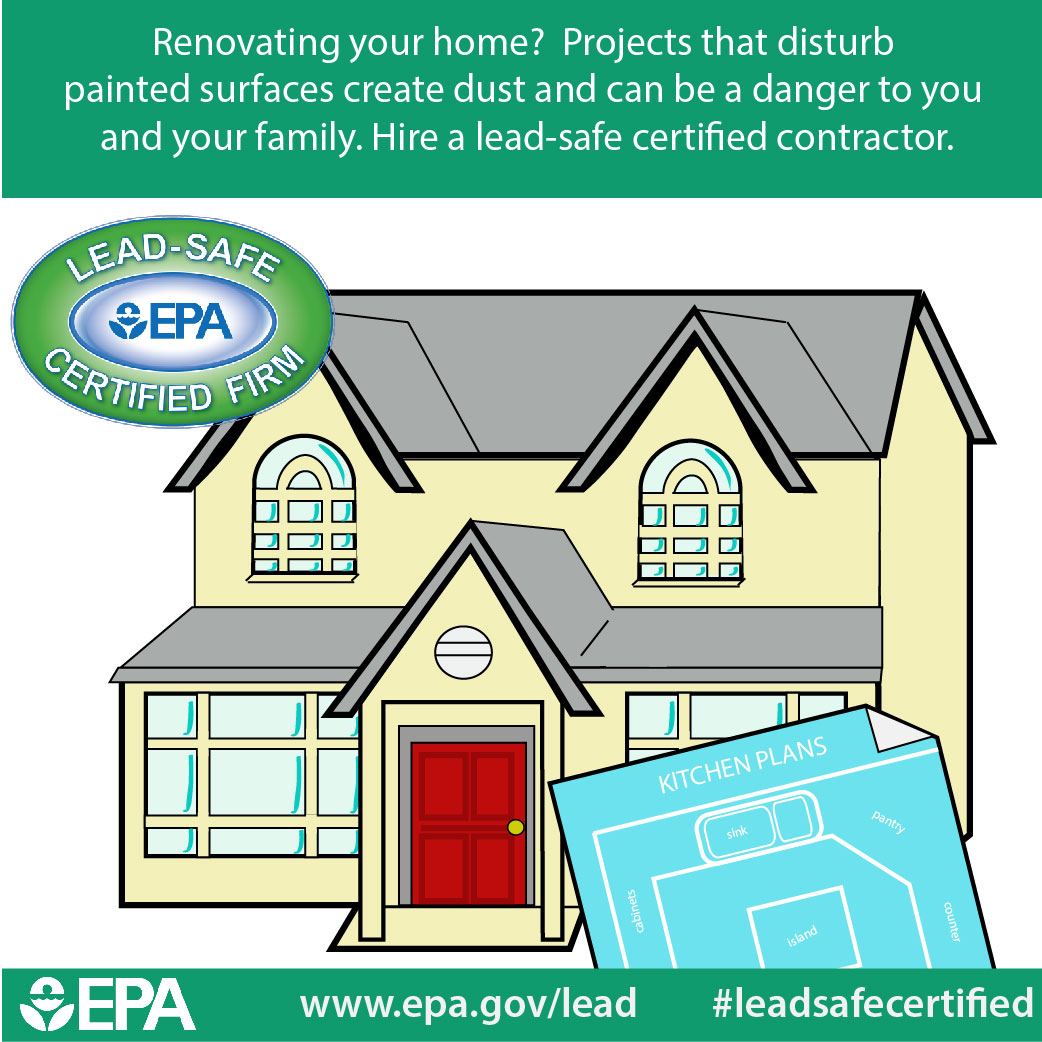Learn About The Ways In Which Seasonal Factors Can Affect The Success Of Business Outside Painting And Establish The Most Effective Times To Accomplish Lasting Results For Your Project
Learn About The Ways In Which Seasonal Factors Can Affect The Success Of Business Outside Painting And Establish The Most Effective Times To Accomplish Lasting Results For Your Project
Blog Article
Web Content Writer-Korsholm Urquhart
When you're planning an industrial external painting project, seasonal aspects can make or break your results. You'll intend to consider how temperature level and moisture influence paint application and drying out times. Choosing the best period can guarantee your paint adheres properly and lasts much longer. But which periods are truly the most effective for this kind of work? Let's check out the key elements that can impact your project's success.
The Effect of Temperature on Paint Application
When you're preparing a business outside paint task, the temperature can substantially impact just how well the paint sticks and dries out.
Ideally, you want to paint when temperature levels range in between 50 ° F and 85 ° F. If it's as well chilly, the paint might not heal appropriately, resulting in problems like peeling or breaking.
On the other side, if it's also hot, the paint can dry out too swiftly, preventing proper adhesion and leading to an uneven coating.
You ought to likewise consider the moment of day; early morning or late afternoon provides cooler temperatures, which can be more positive.
Always examine the maker's referrals for the particular paint you're utilizing, as they commonly supply guidance on the excellent temperature level array for ideal outcomes.
Humidity and Its Impact on Drying Times
Temperature isn't the only ecological factor that influences your industrial exterior painting project; moisture plays a substantial duty too. High moisture levels can decrease drying times substantially, affecting the general high quality of your paint job.
When the air is saturated with wetness, the paint takes longer to cure, which can result in problems like poor adhesion and a higher risk of mold development. If you're painting on a specifically humid day, be planned for extended wait times in between layers.
It's critical to check local weather and strategy accordingly. Ideally, go for moisture levels between 40% and 70% for optimal drying.
Maintaining https://garage-painters-near-me10875.creacionblog.com/35081302/discover-exactly-how-seasonal-influences-can-impact-the-effectiveness-of-industrial-exterior-painting-and-learn-one-of-the-most-positive-times-to-guarantee-long-lasting-outcomes-for-your-project in mind guarantees your job stays on track and supplies a lasting finish.
Best Seasons for Commercial Exterior Painting Projects
What's the best time of year for your commercial external paint tasks?
Spring and early autumn are usually your best options. Throughout these seasons, temperature levels are mild, and moisture levels are often reduced, creating ideal conditions for paint application and drying out.
Avoid summer season's intense heat, which can trigger paint to dry too promptly, resulting in bad attachment and surface. Likewise, wintertime's cool temperatures can impede appropriate drying and curing, taking the chance of the longevity of your paint job.
Go for days with temperature levels between 50 ° F and 85 ° F for ideal results. Bear in mind to examine the neighborhood weather report for rain, as damp problems can spoil your job.
relevant site around these aspects ensures your painting task runs smoothly and lasts longer.
Verdict
Finally, planning your industrial external painting projects around seasonal factors to consider can make a significant difference in the outcome. By organizing work during the excellent temperature levels and humidity levels, you'll make certain much better adhesion and drying times. Bear in mind to keep an eye on regional weather forecasts and choose the right time of year-- spring and early fall are your best bets. Taking these actions will aid you achieve a durable and professional coating that lasts.
